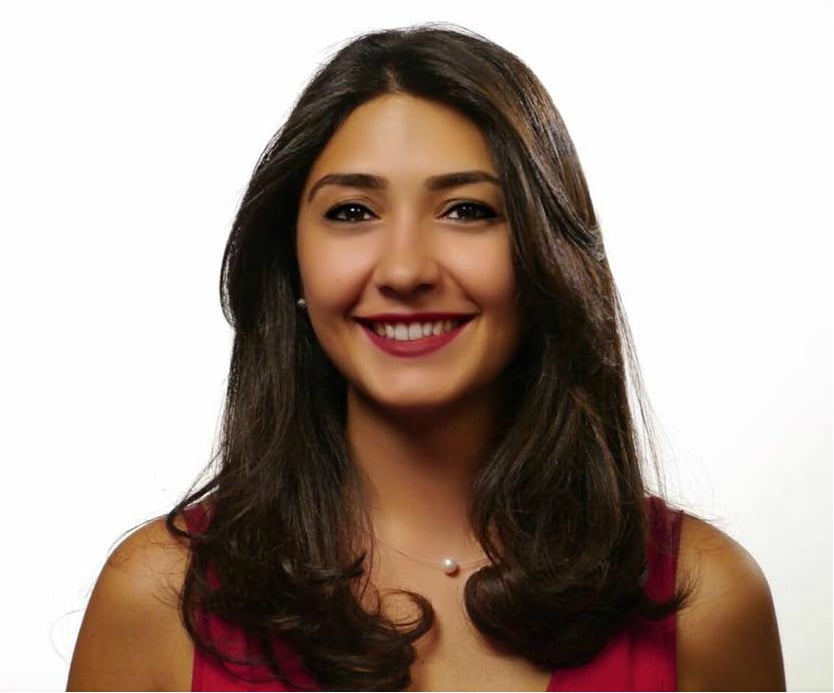The Media Initiatives Center (MIC, the organization also responsible for this site) has begun to develop the concept of media literacy in Armenia, which along with state agencies, schools, universities, educational centers, news media, and other interested parties aims to identify the steps and future plans to raising the level of media literacy.
In the words of the head of the MIC’s media literacy program, Lusine Grigoryan, the concept will allow people to form a complete picture of the ways to develop media literacy in Armenia, which will guide interested parties in their sectors. The aim of the”Prospects for the Development of Media Literacy in Armenia” conference held in Yerevan from Oct. 27–28 was to start those discussions.
“The first step is taken, but there’s still a need to discuss in working groups our future plans in the aforementioned sectors. For instance, we will discuss with news outlets their involvement; with NGOs, we’ll speak about media literacy in non-formal education; and so on,” she says.
Beginning in 2012, MIC has been testing media literacy classes in various schools in Armenia and training teachers in Yerevan and in the regions.
The Media Literacy Handbook [AM] for teachers developed by MIC, which was endorsed by the Ministry of Education and Science as a teaching aid for schools, includes theoretical material on the media, lesson plans, audiovisual content, and a computer game, which is also available online.
Karhanian Educational Center in Vanadzor was one of the institutions where the media literacy course was tested. According to informatics teacher Anush Torosyan, the students are very excite and interested in the new course.
“They aspire not only to become media literate consumers, but also to master media tools, to learn to edit audio and video material on their own,” she says.
The informatics teacher says that the kids have begun to report on the center’s activities on their social networking sites.
“Through video or photos, they try to show guests’ visits or other events. If before they uploaded photos as they were, now they are accompanied by posts describing the event,” Torosyan says.
Manana Training Center has been working in media literacy [AM] for 20 years. Within the scope of journalism, photojournalism, film, and animation classes, the center aims to shape media literate, active, thinking citizens.
“Literacy in the 21st century is media literacy because now media shapes a person — his worldview, his perceptions. And how a person will be in society depends on the quality of media literacy,” says Manana Training Center Director Ruzan Baghdasaryan.
According to her, media literacy helps children to distinguish between reality and fabrication in the media and to think outside the box.
“Media literacy yields this outcome. Children not only learn to write competently and formulate their thoughts, but also begin to see the problems of their surroundings and raise them,” says Baghdasaryan.
Media literacy is the ability to receive, analyze and assess, create and share information. Critical thinking is the foundation of media literacy: it helps media consumers to differentiate propaganda from journalism, opinion from fact, to orientate themselves correctly in the sea of information, and to be able to use media tools to exercise their rights.
Anna Barseghyan







